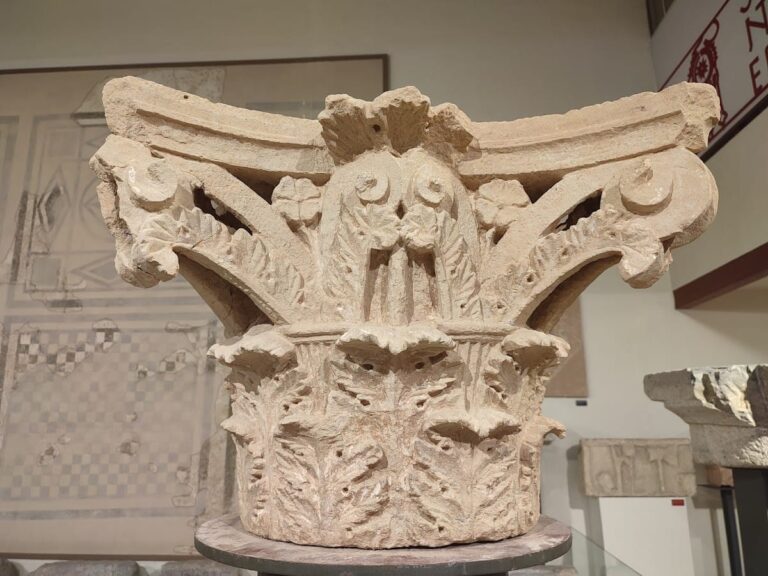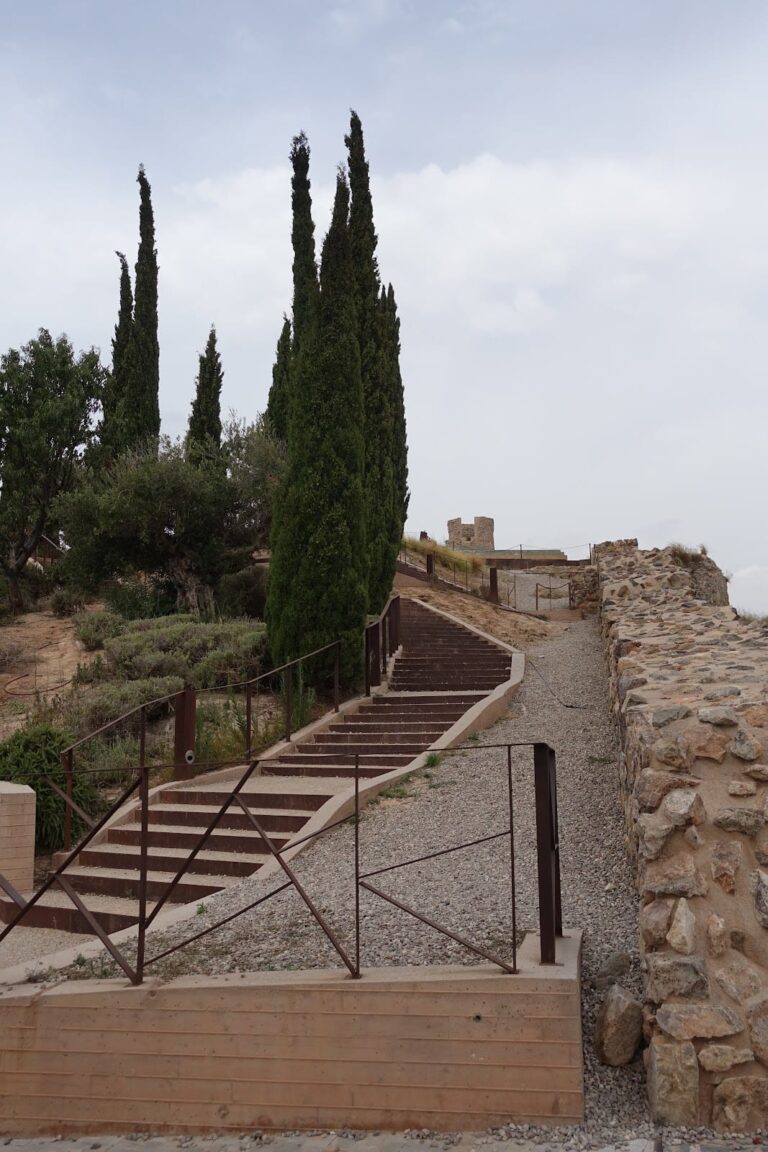Castle of La Atalaya: An 18th-Century Spanish Coastal Fortress in Cartagena
Visitor Information
Google Rating: 4.6
Popularity: Low
Google Maps: View on Google Maps
Official Website: turismo.cartagena.es
Country: Spain
Civilization: Unclassified
Remains: Military
History
The Castle of La Atalaya is situated on a hill overlooking the city of Cartagena in southern Spain. Its origins rest within the military developments of the 18th century when Spain sought to strengthen its coastal defenses. This fortress, constructed under Spanish authority, occupies a site long valued for its elevated vantage point.
The strategic significance of the Atalaya hill was recognized as early as the Late Middle Ages, when it hosted a lookout post guarding against pirate raids and potential incursions allied with the Nasrid Kingdom of Granada. In 1706, during the War of Spanish Succession, English forces briefly occupied Cartagena and erected two forts on Atalaya hill to secure their hold. One of these early fortifications laid the groundwork for what would become the Castle of La Atalaya.
The castle’s definitive form was conceived by military engineer Pedro Martín-Paredes Cermeño, who designed it in 1766 as part of a broader effort to consolidate Spanish defenses along the Mediterranean coast. Construction was completed in 1777 during the reign of King Charles III. The purpose of the castle was to prevent enemy landings at the nearby bay of La Algameca and to safeguard important military installations such as the Military Arsenal and the Castle of Galeras.
The fortress became notably involved in the Cantonal Rebellion of 1873–1874, an insurrection in Cartagena. In 1874, the castle earned the grim nickname “Castle of Death” following a secret surrender amid the siege, which precipitated the fall of the city to government forces. Later, during the Spanish Civil War (1936–1939), the castle was repurposed by the Military Information Service as a detention and interrogation center. After the conflict, in 1939, it formed part of a Francoist concentration complex.
In the decades that followed, the castle’s ownership passed from the Ministry of the Army to the Ministry of Finance during the 1960s and eventually to the Cartagena City Council. Despite being declared a site of Cultural Interest in 1997, the castle has suffered prolonged neglect. Efforts by local groups and residents to promote preservation have not yet led to formal restoration, and in 2014 the castle was added to a list of endangered cultural heritage sites by the organization Hispania Nostra.
Remains
Perched 242 meters above sea level, the Castle of La Atalaya presents an isosceles trapezoidal layout, a design typical of neoclassical military engineering guided by French influences prevalent in 18th-century Spain. Its shape includes five bastions positioned at each corner, with an additional bastion on the southern side providing extra defensive coverage. A wide moat, featuring a counterscarp—a secondary outer slope protecting the ditch—and fencing surrounds the fortress on all sides except the one facing the city, enhancing its defensive capabilities.
Access to the castle was granted through the main gate located at the central bastion on the southern side. This entrance led into a vestibule from which a drawbridge, now no longer present, once allowed passage onto the castle’s esplanade on the first floor. Inside, vaulted chambers served as living quarters for the garrison stationed there, designed to provide shelter and accommodate daily functions. Protective battlements, built to shield artillery placements, line the first-floor perimeter, enabling defenders to repel attackers while remaining protected.
An internal cistern, known in Spanish as an aljibe, collected water to support the occupants during sieges. A spiral staircase once connected the first floor with the rooftop terrace, facilitating access to elevated lookout and artillery positions. This staircase is no longer extant, but its former existence underscores the vertical organization of the fortress.
Constructed with robust masonry techniques consistent with 18th-century military architecture, the castle’s walls and bastions embody the period’s pragmatic yet stylistically eclectic approach, merging functional defensive needs with neoclassical forms. Although some structural elements have deteriorated over time, the castle’s essential features remain recognizable and document its role in Spain’s coastal defense history.










